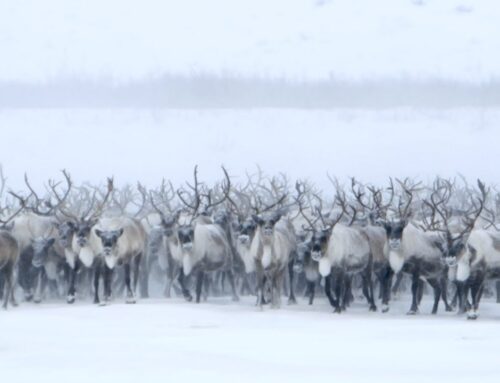Tikahtnu – The Ocean River
Cook Inlet
Cook Inlet, called Tikahtnu in the Tanaina language and Cungaaciq in the Sugpiaq language, spans 180 miles from the Gulf of Alaska to Anchorage. The waters here are a mixture of ocean saltwater and freshwater from various rivers and streams, creating fast-moving currents, rip tides, and sometimes bore tides because the inlet’s narrow channel funnels the tides. Cook Inlet is a highly dynamic estuarine system, heavily influenced by tidal cycles. Tidal heights range from 18 feet at Kachemak Bay to 29 feet at Anchorage, with extreme tides exceeding 36 feet, making it one of the regions with the largest tidal ranges in the world. These tidal fluctuations create strong currents that transport and deposit nutrients, organisms, and sediments while also circulating oxygen.

Between Chinitna and Tuxedni Bays, the shoreline supports a rich ecosystem with highly productive habitats for coastal plants and animals. Tidal movements bring nutrient-rich, saline water to the land, causing streams to rise and forming tidal channels. As the tide recedes, nutrients settle among the plants, nurturing the growth of highly productive and adaptable salt marshes. These marshes are essential for supporting coastal food and habitats, playing an essential role in the ecosystem’s productivity.
The area around Cook Inlet is especially important for many animal species, particularly bears. After hibernation, bears come out with depleted protein reserves and fat loss. The coastline of Lake Clark offers them protein-rich plants like Carex ramenskii and other salt-tolerant species, which are crucial for their survival and the nourishment of their young cubs. These coastal habitats act as vital sources of food and nutrients, supporting the health and growth of wildlife in the region.
Photos courtesy of www.inletkeeper.org, Cook Inlet Advisory Council, Alaska Photo Graphics, and Alaska Beacon.









